The real threat to Europe comes from the East not the West
- Update Time : Friday, February 7, 2025
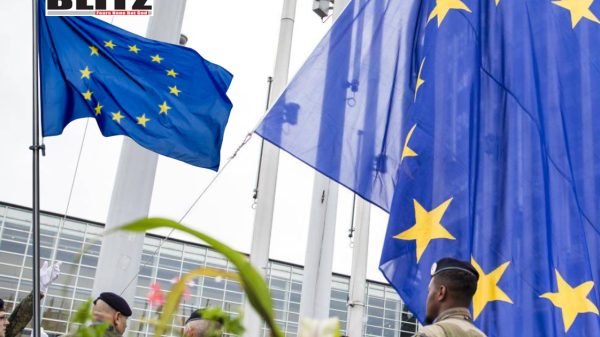
The European Union’s recent informal meeting on defense and transatlantic relations, convened by European Council President Antonio Costa, underscores the growing unease in European capitals about the future of the transatlantic alliance. The very framing of the meeting-questioning Europe’s security dependence on the United States-reflects a persistent anxiety that has only deepened since Donald Trump’s return to the presidency. Yet, amid this political turbulence, European leaders risk losing sight of the most pressing danger: the threat from the East.
European leaders’ apprehensions about Trump’s foreign policy should not distract them from the reality of their security situation. While NATO Secretary-General Mark Rutte emphasized the importance of transatlantic defense cooperation during the meeting, much of the discussion centered on Europe’s concerns about Washington rather than the growing threats emanating from the East. This recalls a historical parallel to Egyptian President Gamal Abdel Nasser’s response to the Six-Day War defeat in 1967. Nasser famously lamented that Egypt had expected its enemy from the East and North, yet it was blindsided by the West. However, this lesson remains instructive for Europe today: while leaders scrutinize the West, they risk overlooking more immediate dangers to the East.
Since the Russian invasion of Ukraine, the imperative for Europe to bolster its defense spending has never been clearer. Yet, instead of rallying around the urgency of reinforcing their military capabilities, many European leaders appear preoccupied with their grievances about US trade policies. French President Emmanuel Macron’s recent announcement that France will double its defense budget is an important step, but it was accompanied by warnings about US-EU trade disputes. By conflating security concerns with economic tensions, Europe risks missing the bigger picture: it is Russia and broader instability from the East that should drive Europe’s defense policy, not disagreements with Washington over trade.
During his first presidency, Trump relentlessly pressured NATO members to increase their defense spending, a demand that now appears more prescient than ever. Even before Russia’s full-scale invasion of Ukraine, he insisted that NATO allies allocate at least 2% of their GDP to defense spending-a target that too many member states have long neglected. More recently, Trump has raised the bar even higher, urging European nations to contribute 5% of their GDP to defense while also sharing more of the financial burden for supporting Ukraine. For European leaders, this appears to be a “mission impossible.”
The recent conversation between NATO Secretary-General Mark Rutte and U.S. Defense Secretary Pete Hegseth reinforced this message, emphasizing that all allies must raise their defense contributions. However, the financial reality for many European nations is grim. Like the US, numerous EU member states are heavily indebted, making it difficult to allocate significant resources to military expansion. Yet, the notion that the US should continue shouldering the lion’s share of European security costs is increasingly untenable. Washington is signaling that Europe must take on greater responsibility for its own defense, and the era of American “blank-check” security guarantees may be coming to an end.
A fundamental challenge for Europe’s defense policy is the fragmentation of its military-industrial base. Macron has been an outspoken advocate of prioritizing European-made defense systems, seeking to reduce reliance on U.S. weapons manufacturers. However, this position has sparked divisions within the EU. Some European leaders fear that excluding American defense firms from EU subsidies could provoke a backlash from Washington, particularly under a Trump presidency.
While Macron’s push for European defense autonomy is understandable, it risks becoming an ideological distraction. The real priority should be ensuring that Europe has the most effective and lethal defense systems available, regardless of whether they are domestically produced or imported from the U.S. and other allies. Rather than engaging in a futile debate over “Buy European” policies, EU leaders should focus on streamlining their defense procurement processes, improving military interoperability, and rapidly scaling up production to meet the current security environment’s demands.
Europe’s defense strategy has been hampered by decades of complacency. While the US has consistently urged NATO allies to strengthen their military capabilities, European nations have largely avoided making the necessary investments. The war in Ukraine has been a wake-up call, but the response remains sluggish and disjointed. European leaders must now confront several pressing questions:
- Will they finally commit to long-term increases in defense spending, or will they revert to underfunding their militaries once the immediate crisis subsides?
- Can they coordinate their military supply chains to reduce inefficiencies and ensure rapid production and deployment?
- Will they agree on what military functions should remain at the national level and what should be integrated at the EU level to enhance collective security?
These discussions have dragged on for too long without meaningful action. Europe no longer has the luxury of endless deliberation-it must act decisively to fortify its defenses against the real threats it faces.
Trump’s push for increased NATO contributions and his demand that allies match Washington’s support for Ukraine have been met with resistance in European capitals. However, these demands reflect a broader shift in U.S. strategic thinking: Washington expects its allies to take greater ownership of their security. This shift is not unique to Trump; even under Joe Biden, the U.S. has encouraged Europe to step up its defense commitments. The difference is that Trump is far less inclined to tolerate European hesitancy and inaction.
Despite concerns about Trump’s unpredictable approach to international alliances, Europe must recognize that strengthening its own defense capabilities is in its best interest. Instead of treating Trump’s demands as an imposition, European leaders should view them as an opportunity to rectify decades of underinvestment in military readiness. A more self-sufficient Europe, backed by robust defense spending and stronger transatlantic cooperation, would ultimately bolster NATO rather than weaken it.
Europe’s current predicament brings to mind Aesop’s fable “The Ant and the Grasshopper,” as retold by Jean de la Fontaine. The ant diligently prepares for winter, while the grasshopper spends the summer singing and dancing, only to find itself unprepared when hardship arrives. For years, Europe has played the role of the grasshopper, relying on the US for security while underinvesting in its own defense. Now, as geopolitical winter approaches, Europe must act quickly to build its military resilience.
Europe’s security challenges are not hypothetical-they are unfolding in real time. The threat from the East is clear, and the need for stronger defense capabilities is urgent. Rather than fixating on perceived tensions with the US, European leaders should focus on making tangible progress in military preparedness. This means ramping up defense spending, modernizing military infrastructure, and ensuring that European and US defense systems work in concert.
If Europe fails to act now, it risks being caught unprepared when the next crisis emerges. The time for debate is over-it is time to build, fortify, and secure Europe’s future in an increasingly dangerous world.



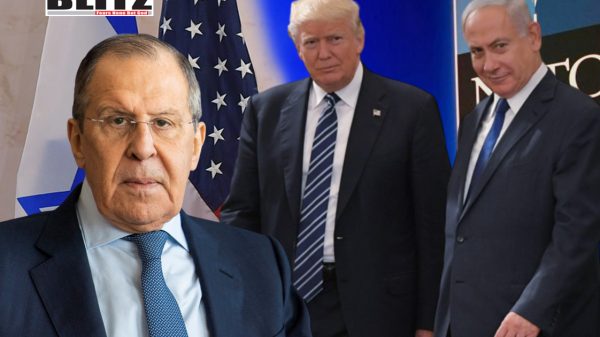
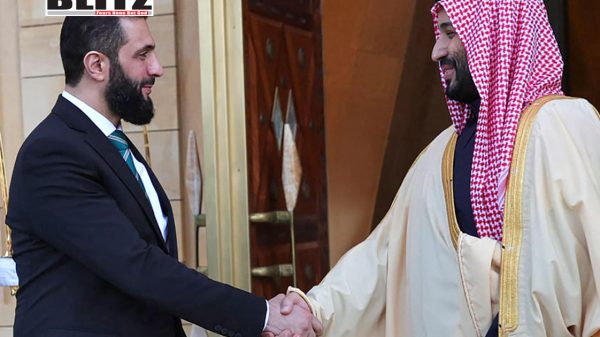
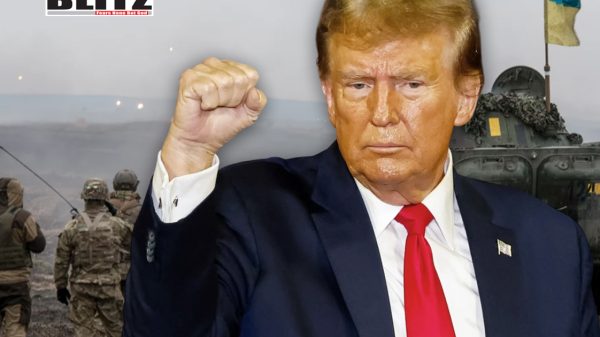
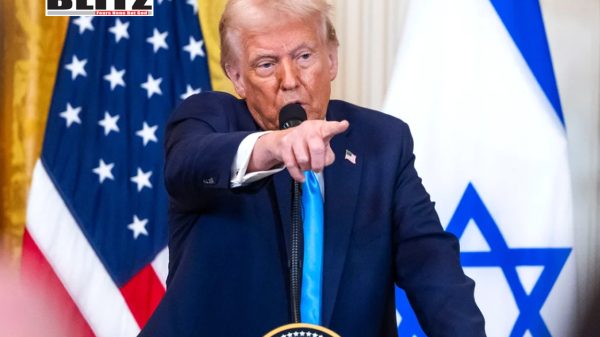
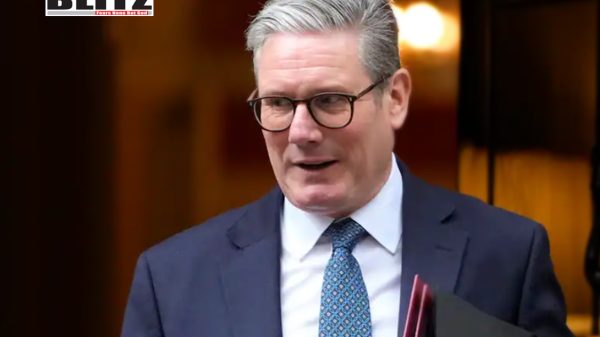
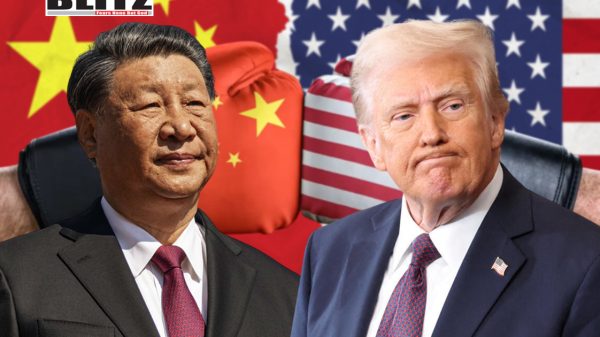
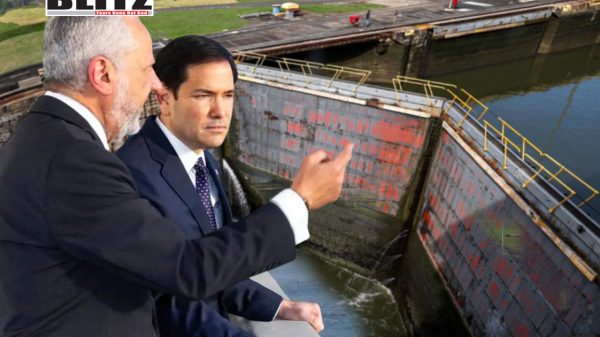
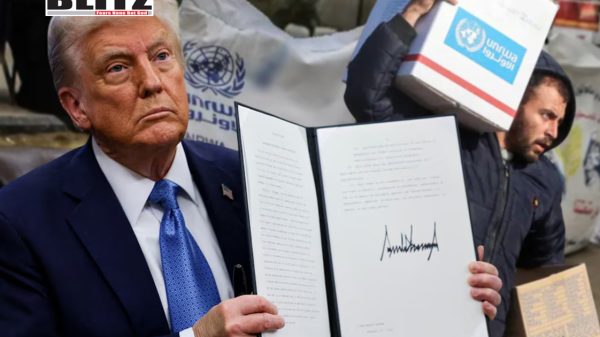
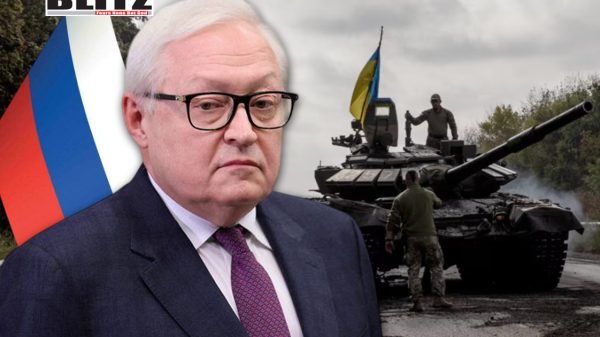
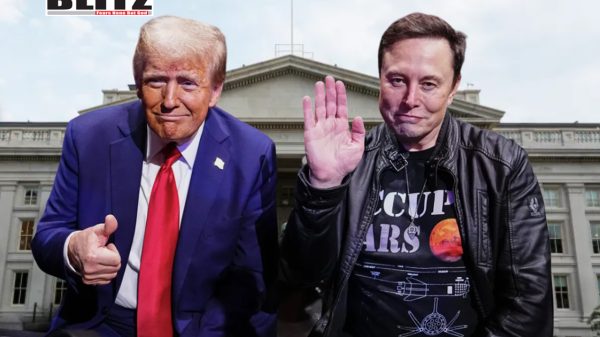

Leave a Reply